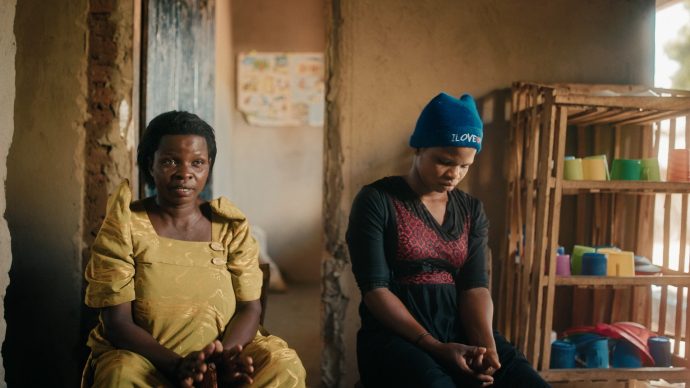Manglende viden hos både sundhedspersonale og patienter i Nepal medfører risiko for, at behandling af smittede bliver ringere, og at forebyggelsen af nye tilfælde forringes. Frygten er at miste erfaring fra tidligere tiders indsats mod hiv/aids.
Poor understanding of antiretroviral therapy (ART) amongst health officials, clinicians and patients in Nepal could undermine gains in the country’s HIV/AIDS prevention efforts and threaten future progress in lowering the number of new infections.
“Treatment illiteracy is occurring at all levels, from patients who have to keep up with their own treatment, to clinicians who administer treatment, to government officials crafting policies,” said Gokaran Bhatt, coordinator of Nepal’s Country Coordinating Mechanism, the independent body tasked with coordinating all money granted to Nepal by the Global Fund to Fight AIDS, Tuberculosis (TB) and Malaria.
Government figures for 2012 put HIV prevalence in the adult population at below 0,3 percent, down from 0,45 percent in 2005.
According to Nepal’s first National AIDS Response Progress report, an estimated 50.000 people are living with HIV, and four out of every five new infections are attributed to sexual transmission. ART was introduced in Nepal in 2004 and 6,483 people are currently receiving antiretroviral (ARV) drugs.
“Given the poverty and geographical challenges in Nepal, we are doing extremely well here,” Sashi Sharma, head of the Internal Medicine Unit at the Teaching Hospital in the capital, Kathmandu, told IRIN.
But many now argue those gains could evaporate if proper adherence to treatment policies and regimens is not exercised.














